with Barry and Melody Finnemore
COMPETITIONS: How did you get started in competition management?
Don Stastny: It started as part of the development of the city of Portland’s Downtown Plan. The block that eventually became Pioneer Courthouse Square was proposed as a 10-story parking garage. That proposal coalesced the community – the design community and the lay community – into thinking about what they wanted downtown Portland to be. There was quite a conversation between politicians, business leaders and designers about what the square should be, and there was so much controversy involved that no one with the city wanted to deal with the politics of it.
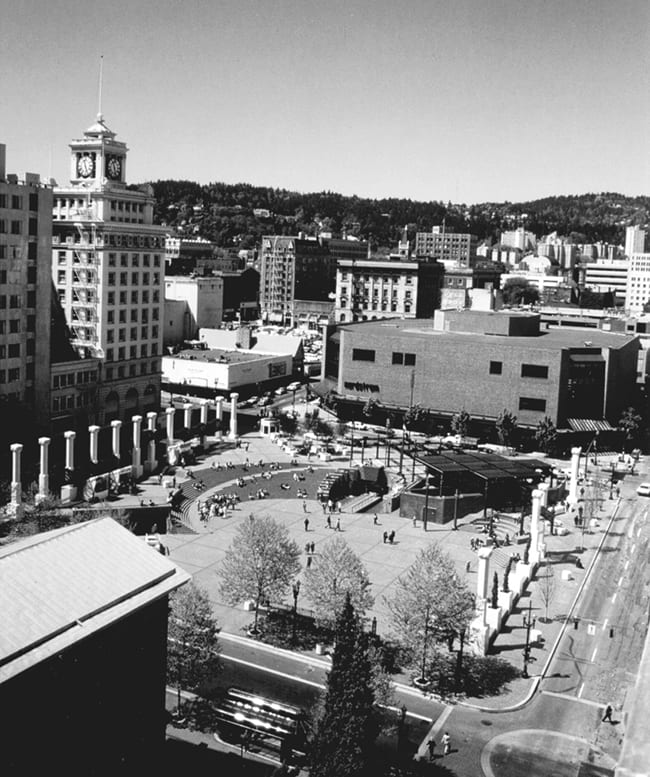
When we were selected to manage the process, we focused on three things: defining a program for the square, developing a budget and determining how to select a design with so many ideas floating around. We formed a technical advisory committee, a design advisory committee and a citizens advisory committee, and held 162 public and private meetings over three years.
The program was for an open square with coverage limited to a third of the site, and a public square in the European style. The budget came in at just over four million dollars. And we decided that we would hold a design competition with some “insurance policies” built in.
It was important to note that this wasn’t just about design, but also about commerce and politics in the city and what the square should be for the community. We had very few U.S. examples of public squares at that time, so much of the competition was about defining what a civic square in an American city should be.
COMPETITIONS: Which competition(s) gave you the most satisfaction?
DS: Those that have been the most rewarding are in a way the most conflicting: the Oklahoma City and Flight 93 memorials. With both we were dealing with a rush toward “memorialization.”
At the same time, the reason those projects were so successful is because they brought people together in a common purpose. In the case of Oklahoma City, everyone knew or had a relationship with somebody impacted by the bombing, so a key to the project was the inclusivity in the decision-making process of the survivors and families of those lost. They served on an advisory committee that developed a strong mission statement, which came out of a year of work.
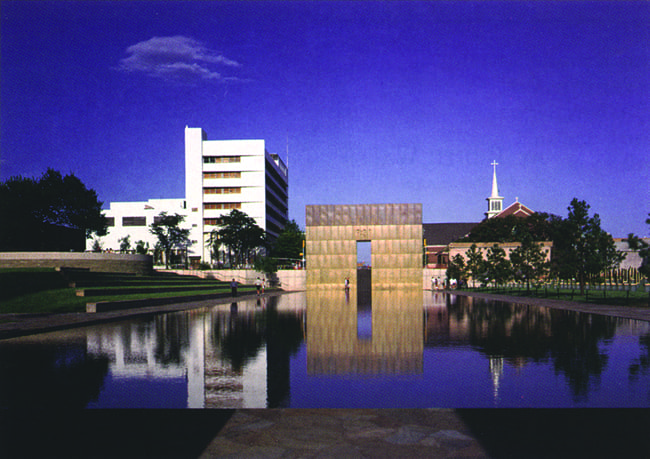
The competition involved a 15-person jury, which is large. Half were family members, survivors and city representatives. The other half was comprised of design and planning professionals from around the U.S. There were two juries. The first evaluation narrowed the hundreds of submissions to about a half dozen. A separate jury evaluated those half-dozen submissions and made a final selection. Then, the first jury came back in to look over the selection and ensure it remained true to the original concept.
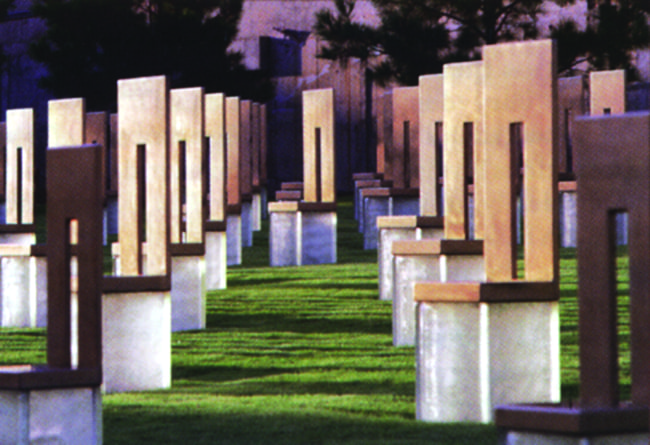
Flight 93 followed that same pattern, though the difference was that while the Oklahoma City Memorial became a national monument, Flight 93 started as a national park. Another difference was that families of those on Flight 93 didn’t live in Pennsylvania (where the hijacked plane went down), and they had opinions that differed from the local contingent of first responders, people who live nearby and National Park Service employees.
As you go through these things, you realize you’ve really pulled together some tremendously diverse opinions and feelings. While there’s immediate fulfillment in completing the design process, I don’t think there’s an understanding of the impact on the public for years to come.

COMPETITIONS: Which competition(s) gave you the least satisfaction?
DS: Those involving projects that didn’t get built because of politics or other interventions that threw them off stride. However, over 75 percent of our projects created through competitions are built or moving toward construction.
COMPETITIONS: Which competition(s) held the most surprises for you?
DS: We prepare competitions very thoroughly, so there really are no surprises. We develop the program so designers know what is expected of them. We really strive to create an environment where designers can do their best work, so we do the political mitigation and build commonality between a program and the budget before the design process begins.
Now, if you ask the question, “When have we not accomplished our goals?” At times it has been in the makeup of a jury, and not being clear with designers as far as what is important in judging.
With the St. Louis Arch competition, the jury includes an urban economist, a professor of English, a former museum representative who understands fundraising in the local community, an urban designer with waterfront redevelopment experience, an architect and a landscape architect. When we promote a competition, we ask designers to look at not who is on the jury but what the jurors represent. However, when you bring a jury together you often don’t know how they will collaborate, how the different personalities will mesh and so on.
Secondly, if you do design competitions, they ought to be for real projects. Competitions in which a project doesn’t happen because of politics do a disservice to the participating designers. We strive to get some reimbursement for the designers. It never completely pays for their time and effort, but it at least covers basic costs. The $100,000 to $250,000 honorarium on some projects means designers can take time to develop thoughtful solutions.
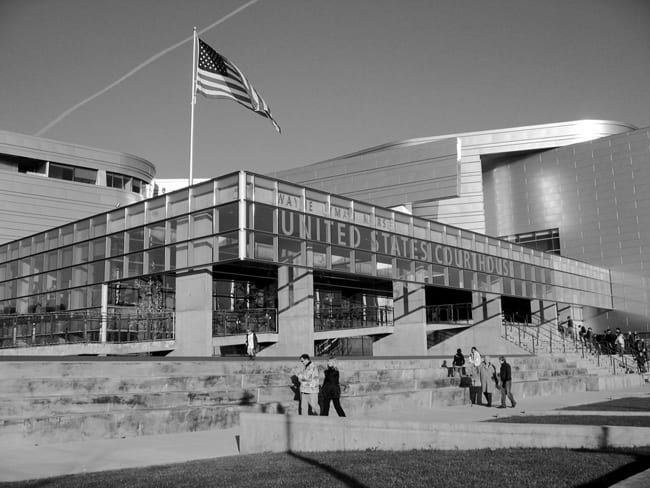
COMPETITIONS: How do you choose short lists and what makes a particular firm stand out, especially when so many resumes or portfolios may seem very similar?
DS: First, juries in the competitions we manage select the short lists. We integrate the juries in the process from Day One so they have ownership of it and are charged with making sure it is successful.
Over time, we’ve found success in asking certain things from designers to make them think, and one is to write a statement of design intent. The other element is the projects they show and how they look at a program and relate it to built and unbuilt projects. This, along with resumes and project experience, tell you what people are like. Any firm on a short list has capacity and talent; then it comes down to firms talking to the jury about their approach and which firm will respond best to the program.
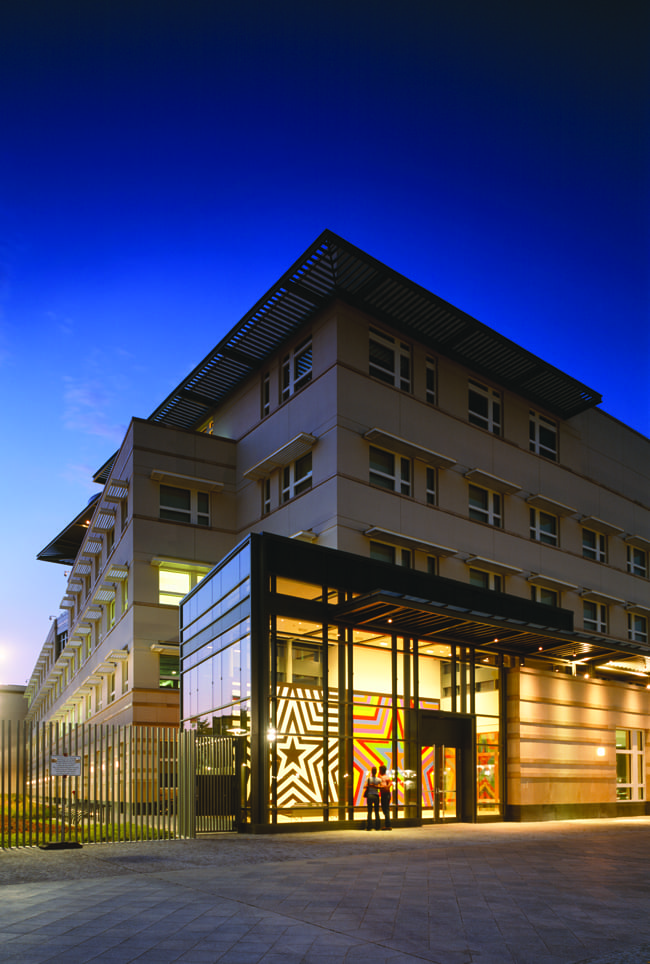
COMPETITIONS: Some firms indicate that they do not like to participate in competitions where some of the other competitors’ reputations are based on totally different styles. For example, modern vs. traditional. How do you resolve this?
DS: That’s probably true, but on the other hand, if you ask for qualifications first, or even ideas, firms basically self select. I would also say there are competitions where, by the makeup of the short list, you can raise the level of design challenge. Some firms always respond; others want a shot at knocking down the “big guns.”
I’ve only had one firm drop out during the process and that was because they were involved in a court case and decided not to commit resources to the competition.
I don’t think you recruit firms to participate. You put out an invitation and let firms decide if they are interested in a project. They will self select.
The other part of it is branding. We have a 30-year record of working with people. They know our approach isn’t a flash in the pan. They know the competition will be fair, managed with integrity, and that they will be respected for their work. There is a certain trust there.
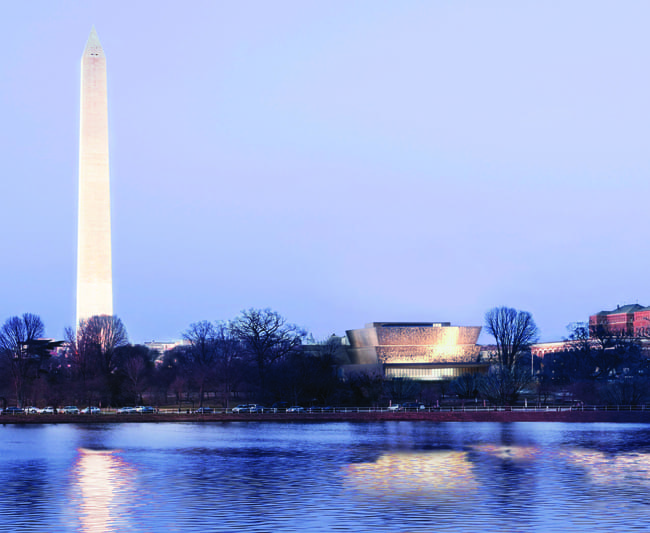
COMPETITIONS: How does the inclusion of victims/laypersons in memorial and other competitions impact the process? Does it slow down the adjudication process since some may not have design expertise?
DS: Does it impact the process? Yes, definitely. Does it slow down the process? No, not at all. Our integration of non-professional designers in the processes has resulted in decisions that are better founded and represent a broader range of analysis than we get out of juries that are more singly focused. The “balance” of the jury is critical as well as the mindset of the individuals participating.
For instance, we select design professionals who are good teachers and mentors who will assist those who are not trained in reading drawings to understand the content. But we also have experienced how a layperson gives greater perspective in the evaluation process. The difficulties with inclusion are far outweighed by the voices that are enabled through inclusion.
COMPETITIONS: What are the major considerations that go into choosing a jury?
DS: It’s important to understand the culture of a place and the type of people who work within that culture. We spend time looking at the makeup of a jury in terms of culture. In Oklahoma City, the large size and diversity of that jury is what saved us. Without that, I don’t think we would have been able to get community buy-in for the process.
A jury is responsible for making a decision as a de facto owner, but it isn’t just a decision-making body. It must be fully integrated into the overall competition. A jury also becomes a teacher, a voice for the educational part of a competition. And a jury is a champion and an advocate for a project. When a jury is fully integrated, I become more of a facilitator.
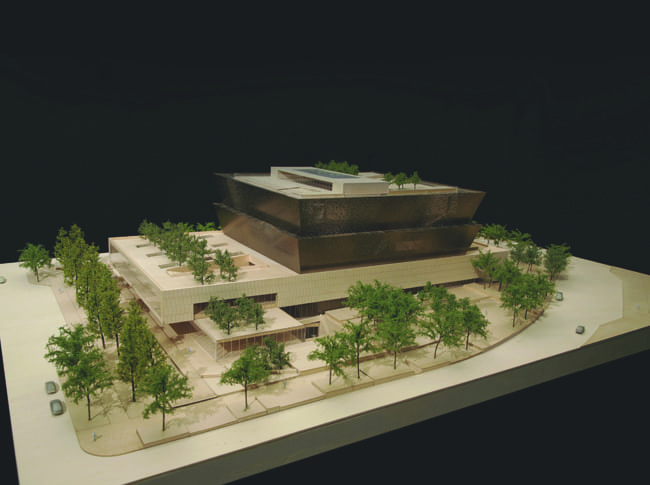
COMPETITIONS: How does competition management complement your own architecture, planning and urban design?
DS: Every time you take on a competition, it’s like going back to graduate school. It’s allowed me to be involved in large projects with complex programs I wouldn’t be involved in otherwise – projects like embassies and concert halls. You learn the importance of the program, trying to define for the architects and myself what the expectations are and what is behind the words. I translate that to my own work in terms of what the words mean.
COMPETITIONS: What do you look for in a client when looking at a potential competition as adviser?
DS: I look for a client who has a real purpose for what they are doing and has made a commitment to it, whether financially, politically or culturally. I look for a client who can bring something to a project’s implementation beyond the competition, and who can continued from charge a jury and support and respect its decision. Communication is important. Many times, a conversation with a potential client about a competition is exploratory. Clients are looking for someone they like and trust. It’s mutual self selection. We don’t sell competitions; it is something we do only if it is appropriate. There have been a number of times when we’ve recommended a different approach.
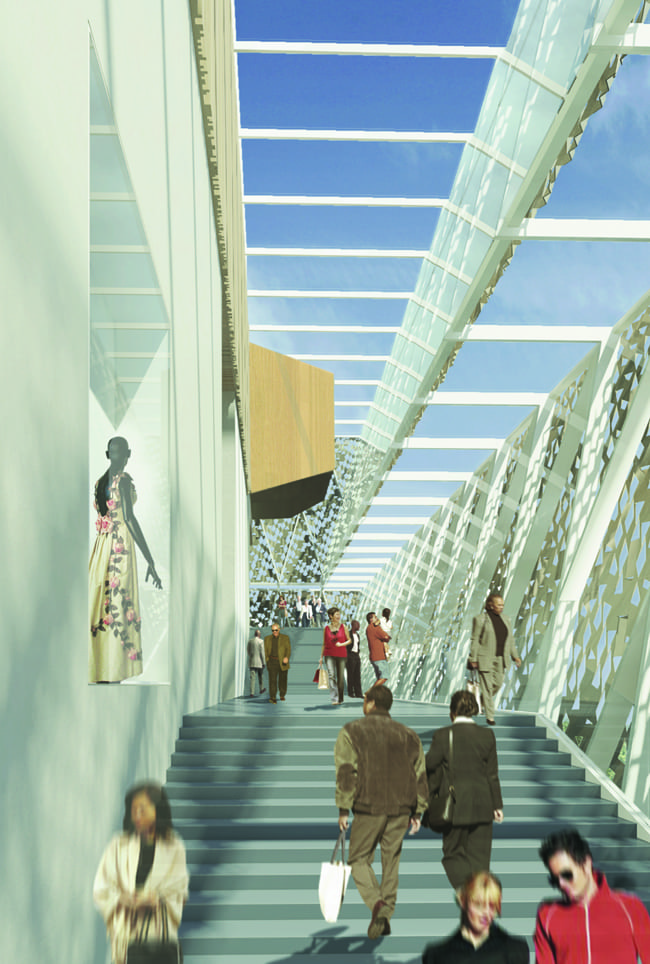
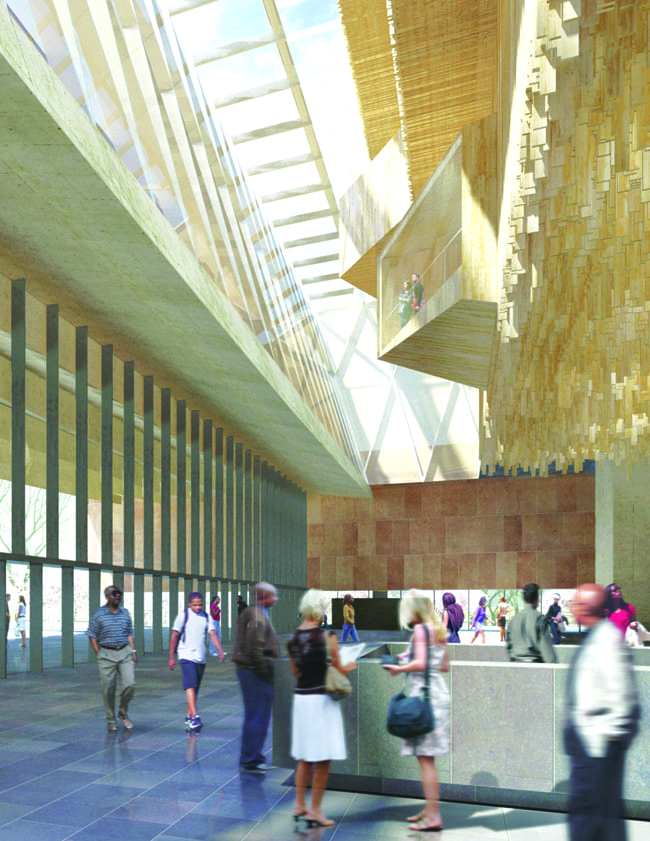
COMPETITIONS: What are the advantages and disadvantages you have found in the open/anonymous and invited competitions?
DS: An open/anonymous competition will result in a plethora of ideas, and with the memorials that’s really what we were looking for. You get great ideas like Maya Lin’s design for the Vietnam Veterans Memorial as well as the Oklahoma City and Flight 93 memorials.
The downside is that a tremendous amount of energy goes into the submissions and many people just don’t get recognized. The other thing about open competitions is there’s this perceived notion or this dream among architects and other designers that they will do a competition and become famous. Some do use competitions as a stepping stone, but for many competition winners it’s the highlight of their career.
I believe that “invited” competitions can serve a purpose if the owner/sponsor has a defined reason and program that they need to explore in a limited time frame. I also believe that the term “invited” is used too broadly as there are any number of formats that fit within that category – many of which involve self selection by designers as to whether to participate or not. The bottom line is that one size does not fit all, and we “design” the process to fit the situation and respond to the expectations of the client/sponsor.
COMPETITIONS: What are some of the most important lessons you have learned during your career in competition management?
DS: I think we’re all on a continuous learning path. We can continue to learn about design, cultures, and political and social systems, and the impact design has on a community.
Barry and Melody Finnemore are principals of
Precision Communications, Vancouver, Washington
precisionpdx@comcast.net
www.precomwords.com

































